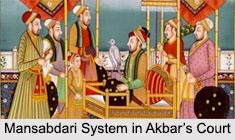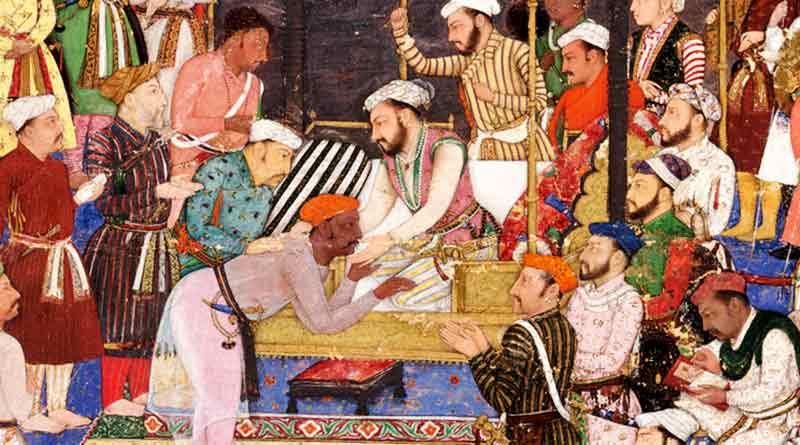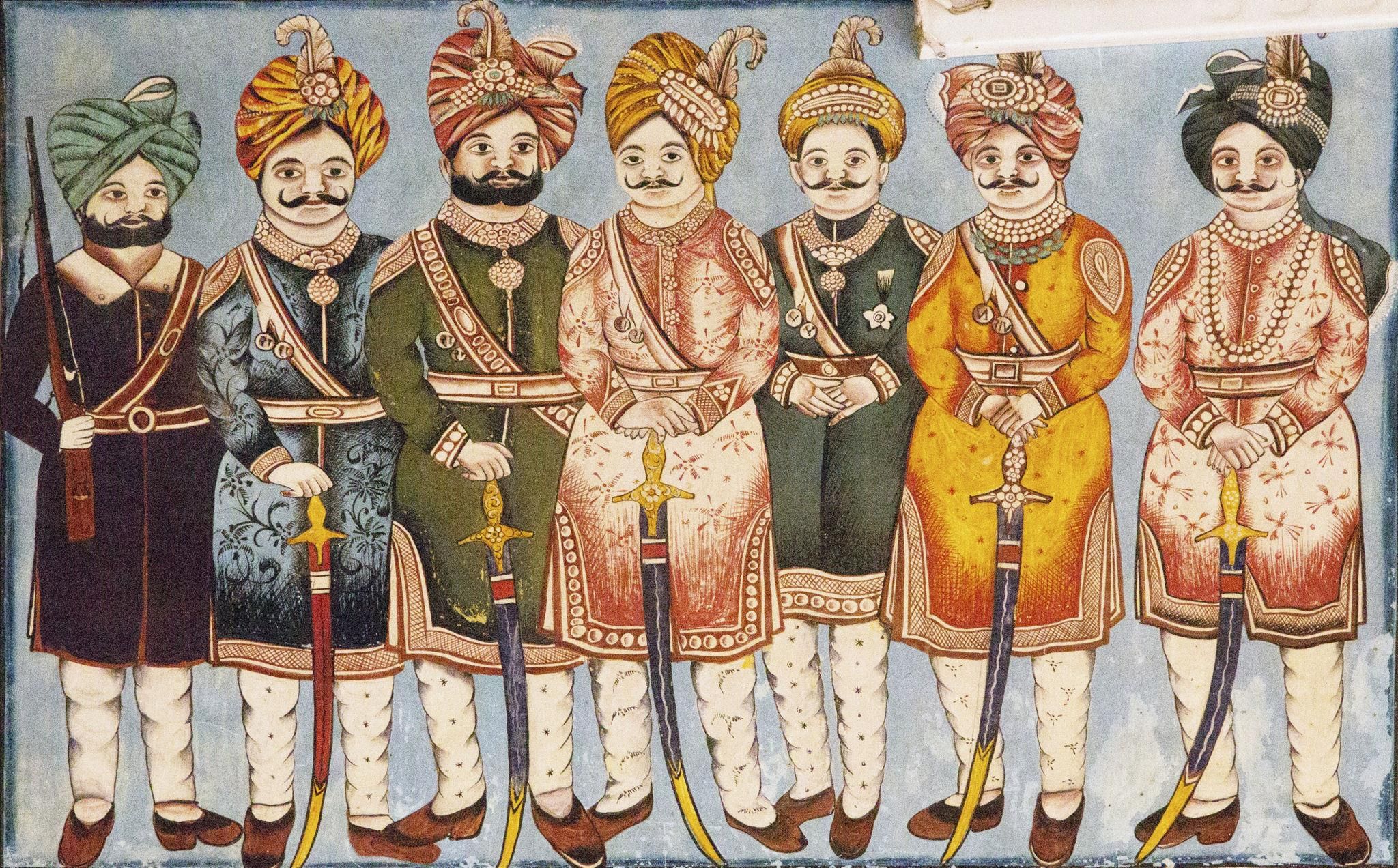Class 7 History Chapter 4 Question Answers - The Mughal Empire
Q1: Who were the Mughals descendants of?
Ans: Descendants of Genghis Khan from their mother’s side and Timur from their father’s side.
Q2: What was the Mughal policy of inheritance called?
Ans: Coparcenary inheritance.
Q3: Who was the mother of Jahangir?
Ans: A Kachhwaha princess, daughter of the Rajput ruler of Amber.
Q4: Who was the mother of Shah Jahan?
Ans: A Rathor princess, daughter of the Rajput ruler of Marwar.
Q5: What was the term used for Mughal nobles who held a position or rank?
Ans: Mansabdars.
Q6: What was the numerical value that determined a noble's rank and salary called?
Ans: Zat.
Q7: What were the revenue assignments given to mansabdars called?
Ans: Jagirs.
Q8: Who was Todar Mal?
Ans: Akbar’s revenue minister.
Q9: What was the revenue system implemented by Todar Mal called?
Ans: Zabt.
Q10: What was the policy of sulh-i kul?
Ans: Policy of universal peace and tolerance towards all religions.
Q11: What was the impact of Mughal administration on the peasantry?
Ans: The peasantry suffered due to heavy taxation and exploitation by zamindars.
Q12: What was the role of zamindars in Mughal administration?
Ans: They collected taxes from peasants and acted as intermediaries.
 Q13: Who wrote the Akbar Nama?
Q13: Who wrote the Akbar Nama?
Ans: Abul Fazl.
Q14:What was the third volume of the Akbar Nama called?
Ans: Ain-i Akbari.
Q15:What was the significance of the Ain-i Akbari?
Ans: It provided detailed information about Akbar’s administration, household, army, revenues, and the culture of the people.
Q16: Who was Nur Jahan?
Ans: Wife of Jahangir and a powerful figure in his court.
Q17:What was the title given to Nur Jahan after she married Jahangir?
Ans: Nur Jahan Padshah Begum.
Q18:What was the farman issued by Nur Jahan?
Ans: An order issued by Nur Jahan, indicating her authority.
Q19: What was the main source of income for Mughal rulers?
Ans: Tax on the produce of the peasantry.
Q20: What was the relationship between the Mughals and the Rajputs?
Ans: Many Rajputs joined the Mughal service through marriages and received high positions, but some resisted.
Q21: What was the role of cannons in Mughal warfare?
Ans: Cannons were an important addition to sixteenth-century warfare, used effectively by Babur.
Q22: Who was Babur?
Ans: The founder of the Mughal Empire, who seized Kabul in 1504 and later defeated Ibrahim Lodi in 1526.
Q23: What was the Mughal policy towards defeated rulers?
Ans: Defeated rulers were treated honorably and given their lands back as assignments.
Q24: What was the impact of Mughal military campaigns on the empire?
Ans: The empire expanded, and diverse groups were recruited into the Mughal service.
Q25: How did the Mughals recruit their nobles?
Ans: From a diverse group including Turks, Iranians, Indian Muslims, Afghans, Rajputs, Marathas, and others.
|
63 videos|371 docs|46 tests
|
FAQs on Class 7 History Chapter 4 Question Answers - The Mughal Empire
| 1. Who were the prominent Mughal emperors during the 16th and 17th centuries? |  |
| 2. What were the key achievements of Akbar the Great? |  |
| 3. How did the Mughal Empire influence Indian culture? |  |
| 4. What were the main causes of the decline of the Mughal Empire in the 18th century? |  |
| 5. How did the Mughal administration function? |  |

















